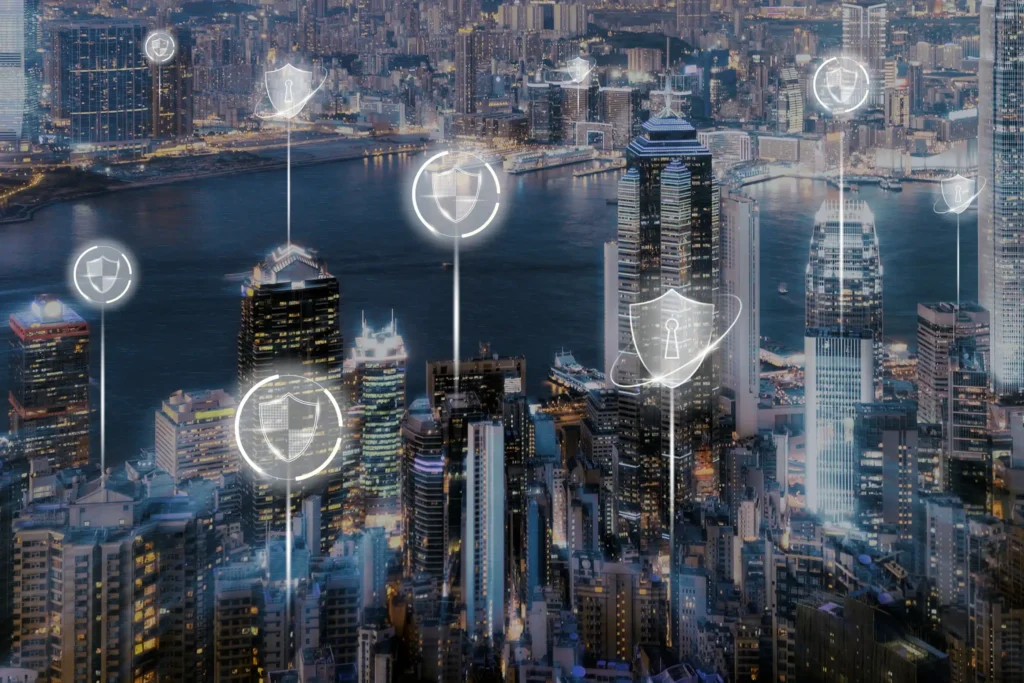
In a time when digital transformation is the backbone of public services, Chief Information Security Officers (CISOs) in government and public sector (Gov/PS) organizations are being stretched thin. Charged with safeguarding the integrity of systems that support national security, emergency services, and citizen welfare, these leaders face mounting pressure in an increasingly volatile cyber threat landscape.
But it’s more than just about attacks. The responsibility they shoulder affects everyone, from ensuring water flows safely through municipal pipes to keeping communication networks alive during a national emergency.
The Complexity of the Modern Threat Landscape
Over the past five years, rapidly shifting geopolitical dynamics have escalated cyberattacks on critical infrastructure. Adversaries are capitalizing on outdated IT systems, underfunded cyber defenses, and unclear governance models. Many Gov/PS institutions operate on legacy infrastructures, some decades old, making them vulnerable to exploits that modern enterprises have long outgrown.
Despite efforts to modernize, CISOs report feeling overwhelmed. According to KPMG, 65% of public sector organizations hesitate to invest in new cyber technologies due to a lack of understanding or trust. It’s a paradox: the need for innovation is urgent, but trust in emerging tools remains elusive.

Budget Gaps and Brain Drains
Adding to the burden is the scarcity of resources. Budget constraints, coupled with a shortage of skilled professionals, hinder effective cyber defense strategies. With private-sector salaries often outpacing what governments can offer, attracting top-tier cybersecurity talent becomes a losing game.
Even as emerging technologies like artificial intelligence (AI), blockchain, and quantum computing promise improvements in efficiency and resilience, they also bring new attack surfaces. Managing these innovations requires skills and resources that many public sector entities simply do not have.
Regulatory Tensions: Compliance vs. Capacity
In Europe alone, frameworks like the Digital Operational Resilience Act (DORA), the NIS2 Directive, and the Cyber Resilience Act are set to affect thousands of public organizations. While well-intentioned, these regulations can contribute to “compliance fatigue,” stretching already limited teams to their breaking points.
In this climate, a shift in mindset is essential. Cybersecurity in the public sector is no longer about preventing every incident; it’s about being able to detect, respond, and recover when (not if) a breach occurs.
Building Resilience By Design
The public sector runs on critical infrastructure, power grids, transport systems, water treatment plants. A single cyberattack on any of these can paralyze essential services. As threats grow more advanced, resilience needs to be designed into the system, not bolted on as an afterthought.
That means identifying and securing all assets, including operational technology (OT) that lives outside traditional IT environments. Third-party risk is another growing concern. As public organizations rely more on external vendors, each new partnership potentially expands the attack surface.
Strong incident response plans, realistic drills, and cross-functional collaboration can minimize the impact of attacks. More importantly, fostering a culture of resilience empowers every employee to become an active line of defense.
The AI Dilemma: Trust vs. Innovation
AI is fast becoming a staple in the Gov/PS toolkit, used in everything from traffic flow management to fraud detection. Yet, its adoption has outpaced discussions around trust and security. Poor-quality training data, opaque algorithms, and bias risks all threaten the credibility of AI systems.
CISOs need to embed trust across the AI lifecycle, from data sourcing and model design to deployment and monitoring. This involves close collaboration with governance, IT, and business stakeholders to ensure data integrity and algorithmic transparency.
Interestingly, there is progress. KPMG reports that 76% of public sector CISOs are now involved early in tech investment discussions. This early involvement enables the development of proactive, not reactive, AI security frameworks.
Threats to AI: Model Poisoning and Beyond
AI systems are increasingly being targeted by cybercriminals using techniques like adversarial attacks and model poisoning. These tactics can manipulate outputs, leading to decisions that may harm public safety or violate privacy regulations.
Real-time monitoring, anomaly detection, and adaptive risk assessment must become standard practice. By embedding security throughout the AI development pipeline, CISOs can reduce the need for costly retrofits later.
The Digital Identity Imperative
With governments pushing digital-first strategies, secure digital identity systems are crucial. These systems underpin access to services like healthcare, banking, and social security. However, they are now facing attacks including deepfakes and automated credential theft.
Machine identities, particularly those used in IoT systems, are also becoming a critical blind spot. These non-human service accounts often have elevated privileges, making them prime targets.
CISOs must take the lead in developing transparent and secure identity frameworks. This means accounting for everything from biometric data protections to compliance with frameworks like GDPR and eIDAS.
Trust and Public Expectation
Public trust in digital systems is fragile. Any breach can quickly erode confidence and create long-term reputational damage. CISOs must prioritize privacy by design and actively communicate how citizen data is being used, stored, and protected.
Collaboration is essential. Governments must work with private sector technology companies to develop interoperable, secure identity solutions. These partnerships can help bridge gaps in standards, regulation, and innovation.
What Lies Ahead
Most government and public sector organizations acknowledge the growing cyber risk, yet many remain underprepared. Legacy systems, funding shortages, and slow innovation adoption create a high-risk environment. Bridging the gap between recognition and action is no longer optional—it’s critical.
CISOs must push for better funding, make cyber hygiene a boardroom issue, and promote a security-first culture across their organizations. By shifting focus from mere compliance to true resilience, they can ensure their institutions are not only secure but trusted by the communities they serve.
As technology continues to evolve, so too must the strategies for securing it. The path forward requires courage, collaboration, and a renewed commitment to protecting the digital foundations of our public life.
Source: Read More



